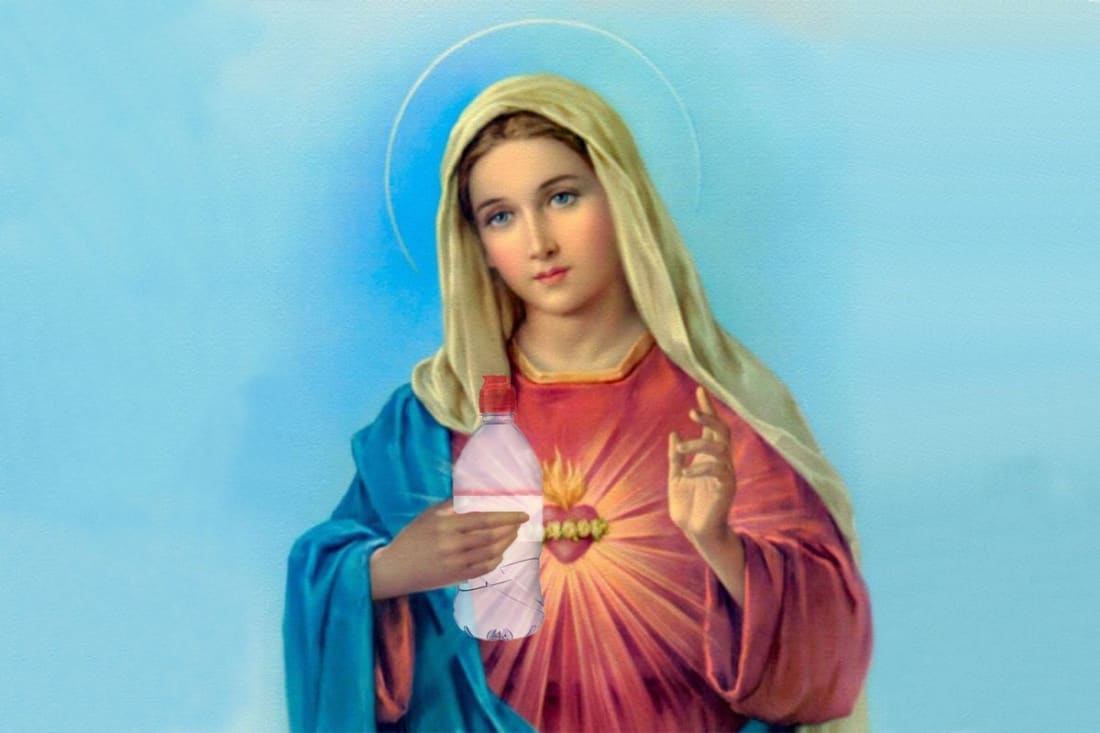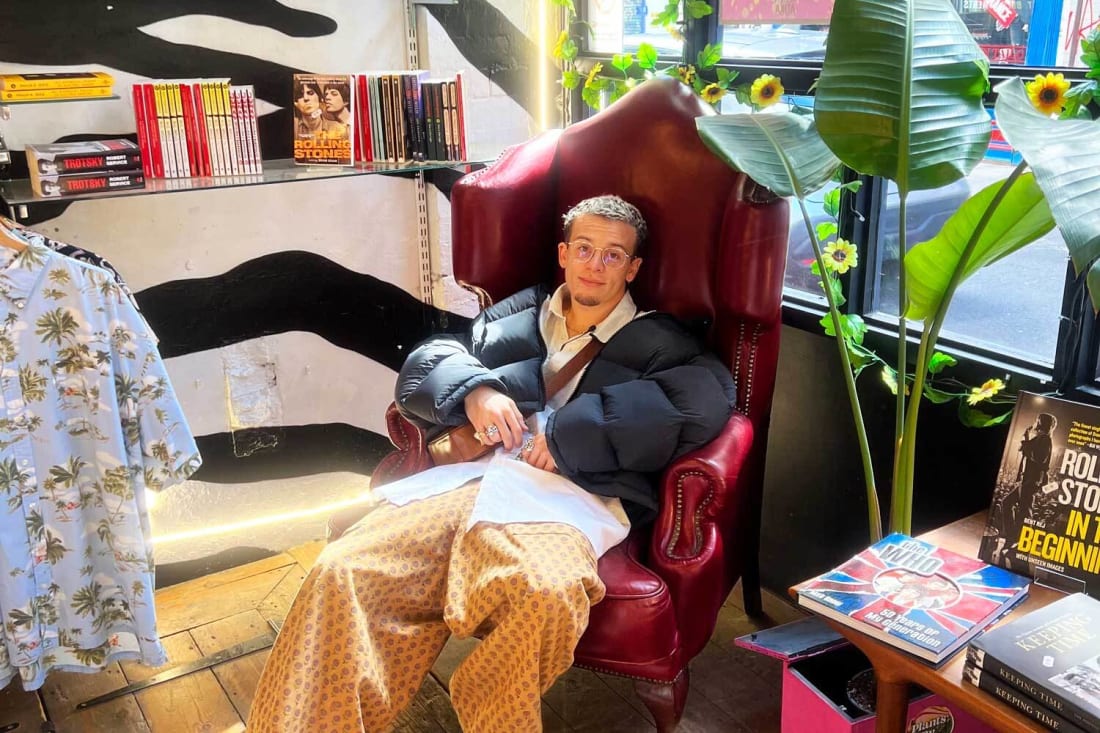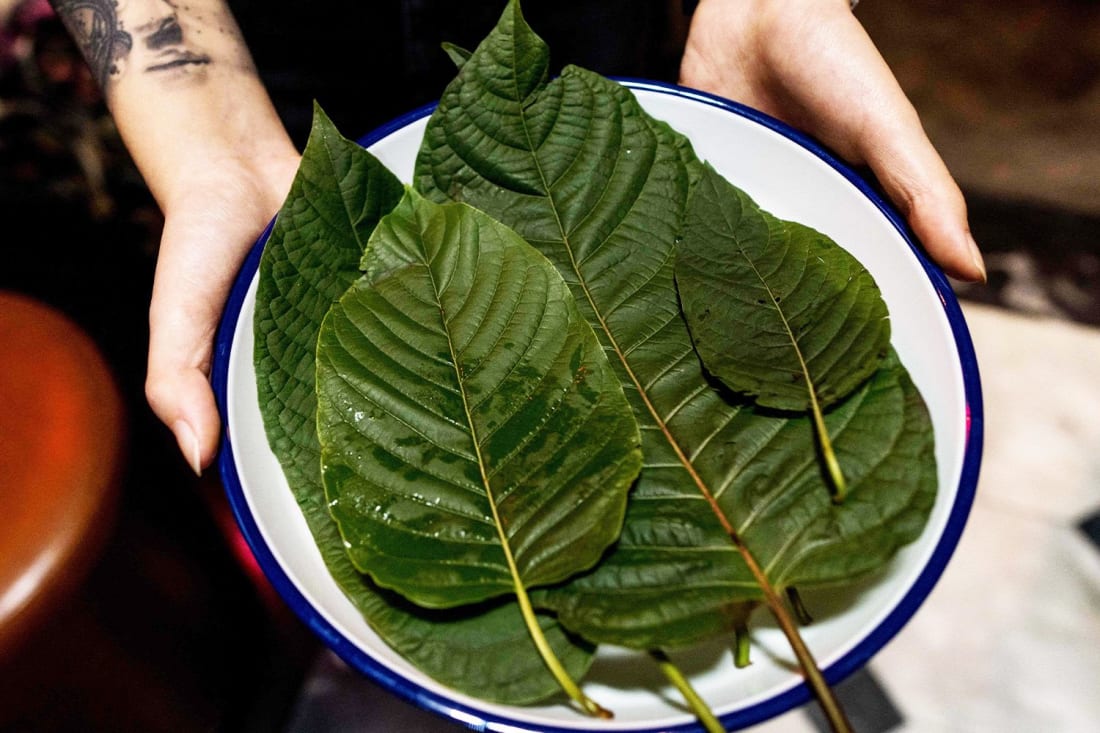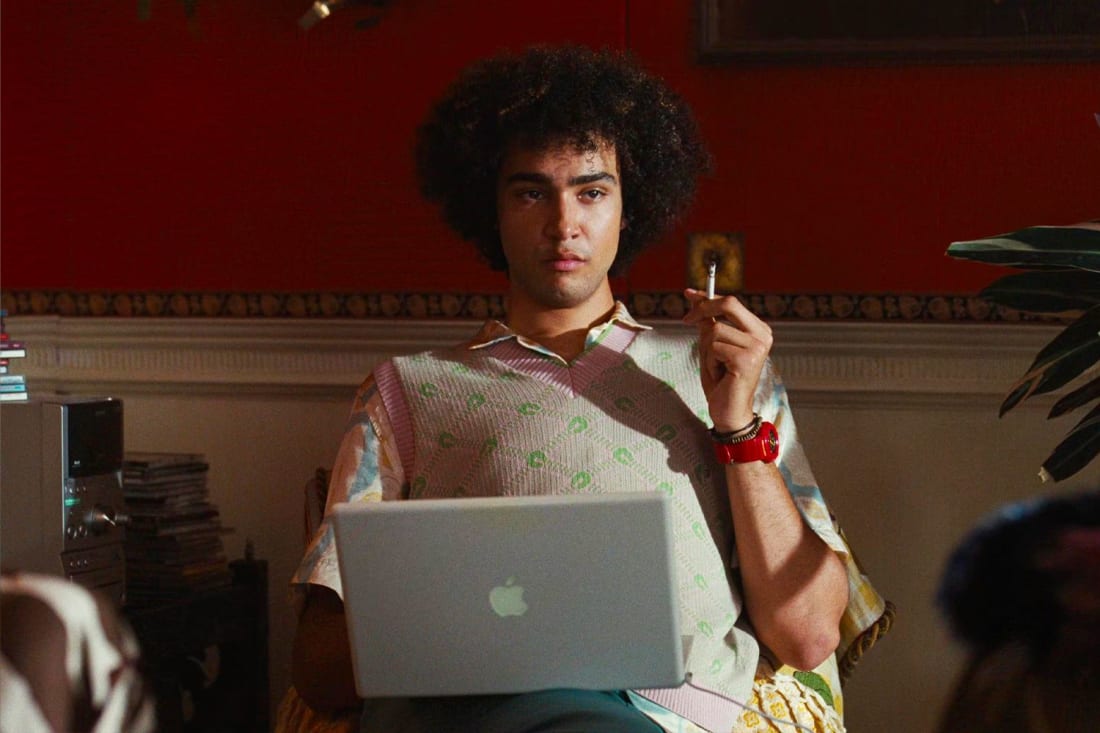The cult of the water bottle girlies making hydration cool
Owala, Stanley, Frank Green or HydroFlask? thirsty communities are popping off
Owala, Stanley, Frank Green or HydroFlask? thirsty communities are popping off
Did you know that an Owala water bottle is called that because when you drink from it you look like a koala? It’s leak-proof, insulated and dual coloured: apparently if you leave the bottle with ice cubes overnight, you’ll wake up to them still frozen. Fun facts, right? Now imagine if you’re reminded of this every single day IRL and on your FYP: either someone’s saying it in a GRWM video or carrying it on the tube.
Rewind to a month ago when TikTok was abound with the same fervour but for another water bottle: the gigantic Stanley Quencher. Tweens were reportedly fighting each other in supermarkets for the limited edition Valentine’s Day colours (some collectors have over 100 tumblers!) while someone else’s Stanley survived a car crash, making it the ultimate hero of thirst quenchers. The cups’ cult status plummeted just as quickly when reports of them containing lead emerged.
But Stanley and Owala are hardly the only water bottles to touch fame. Remember the pastel-hued Frank Green bottles that took over the internet in 2023? TikTok couldn’t get enough of the brand’s Lucky Bag Mystery Box promo that allowed customers to place an order without knowing what colour they’re going to get. Then there’s the Yeti, the Bink, every brand's fave merch bottle Nalgene (ours too!) and the starter of the cult water bottle: the HydroFlask. At the height of VSCO’s popularity in 2019, a cool girl was never spotted without her emotional support HydroFlask.
Mocoe believes this lack of support groups and experiences has made the young generation obsessed with spotting -cores and micro-trends that help them bond. In this context, “heavily marketable water bottles in bright colours make for great accessories. They are easily noticeable in person and in videos,” she adds. Touching on this idea, brands have convinced young people that these water bottles can become even more customised, niche and representative of their identity with accessories.
You can buy waterproof stickers, snack trays, straw covers, phone holders and even charms to fit your sippers. While culpable buyers are looking at these trends as a way to express themselves and find community, brands – across categories – come out winning. The cult of the water bottle girlies is the hydration version of the Adidas Sambas girlies, the Ganni tie-up top girlies, the Diet Coke girlies and the dispo vape girlies. And no, this doesn’t just affect the girls and gays… anyone else seeing men wearing Carthartt everywhere?
All this to say, whether you’re an Owala koala or a Stanley stan, you should use a reusable water bottle, make her cute and colourful too. But you don’t need to switch it up every time a new brand finds its five seconds of fame. There’s community in consistency. Stay sipping <3












